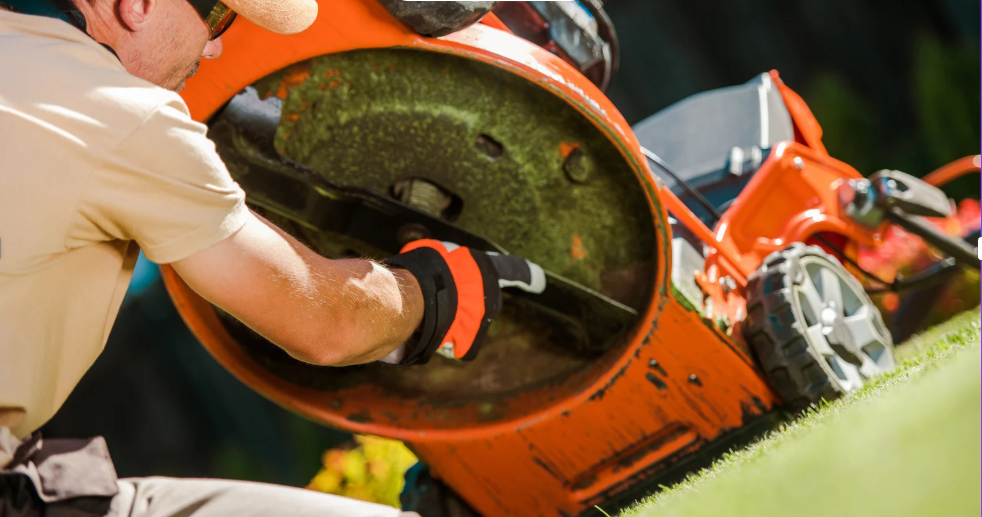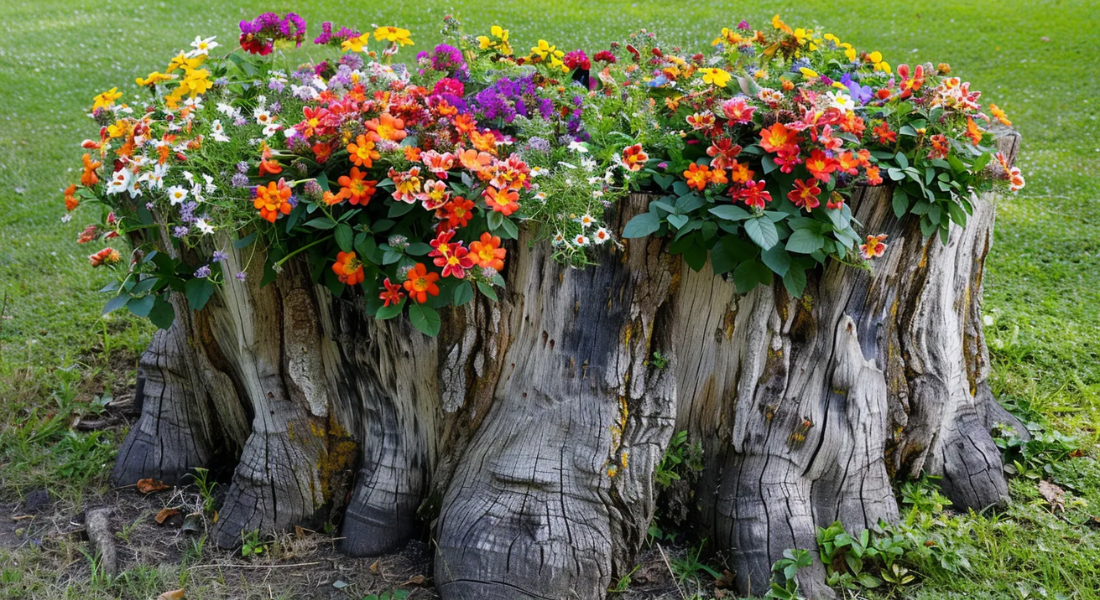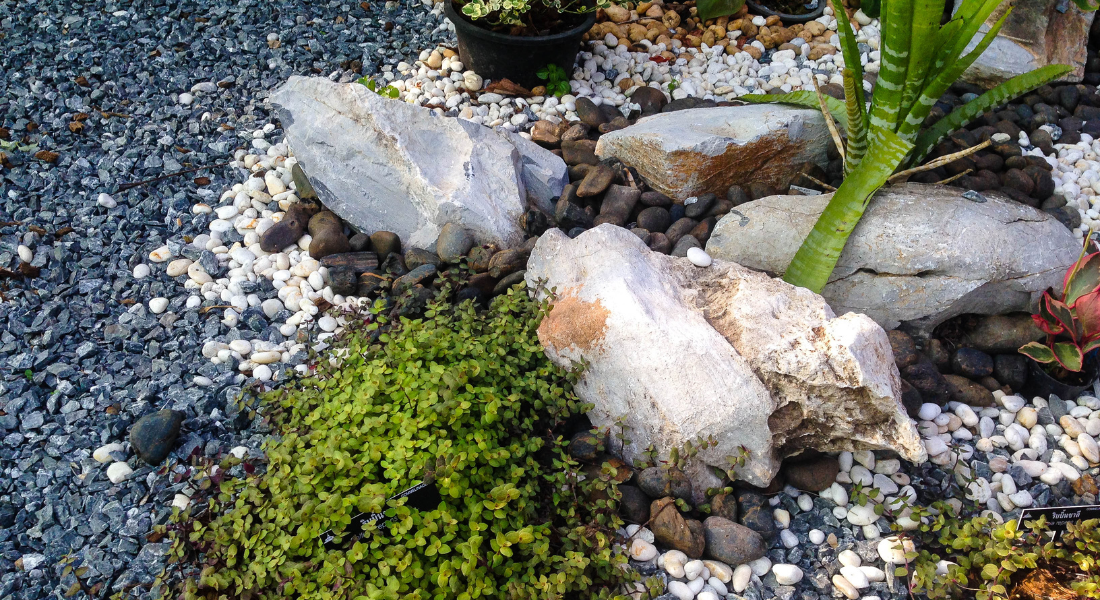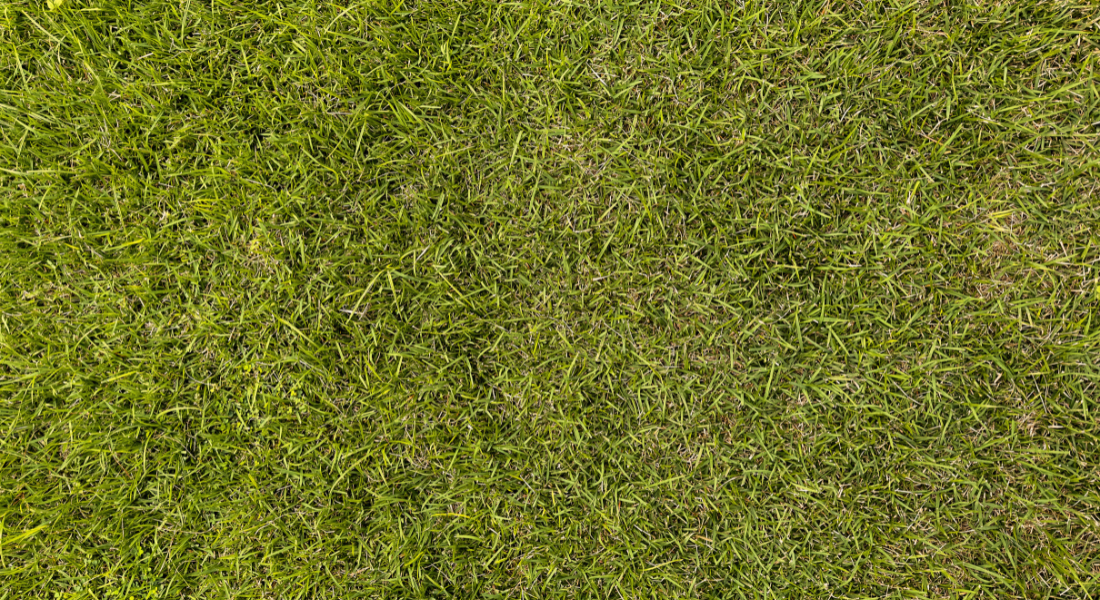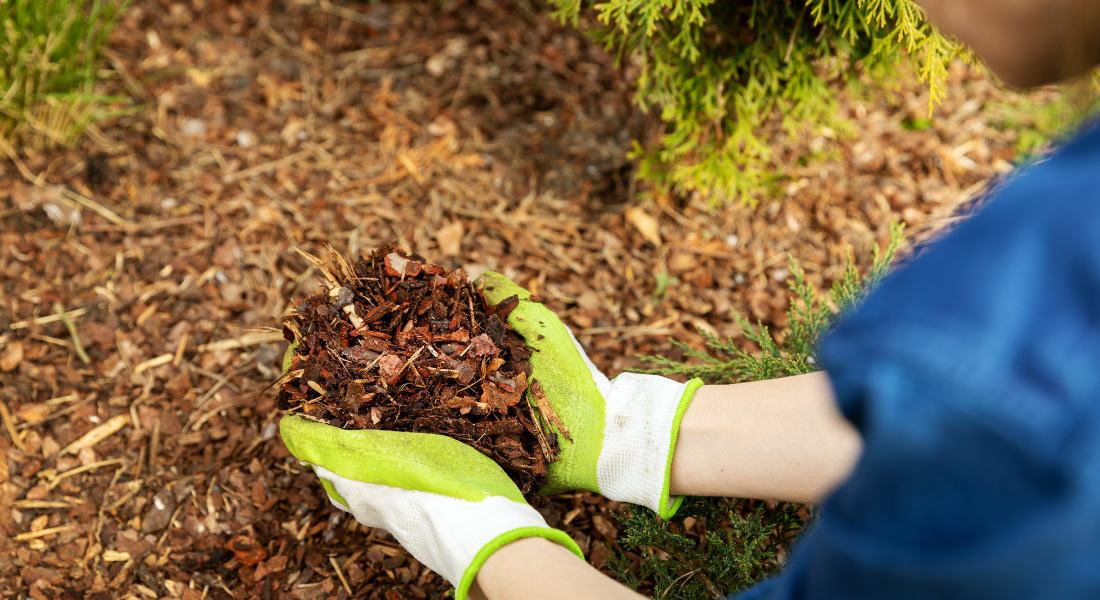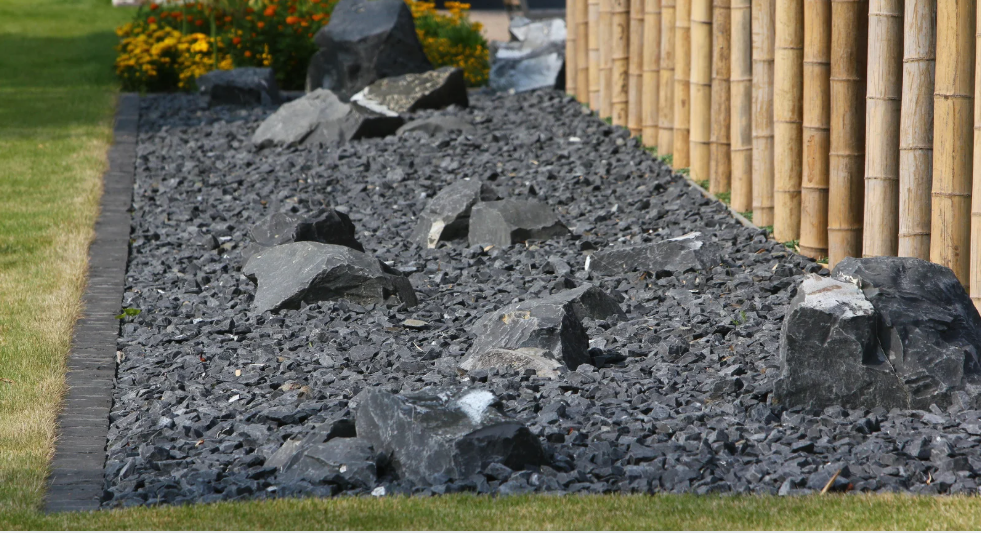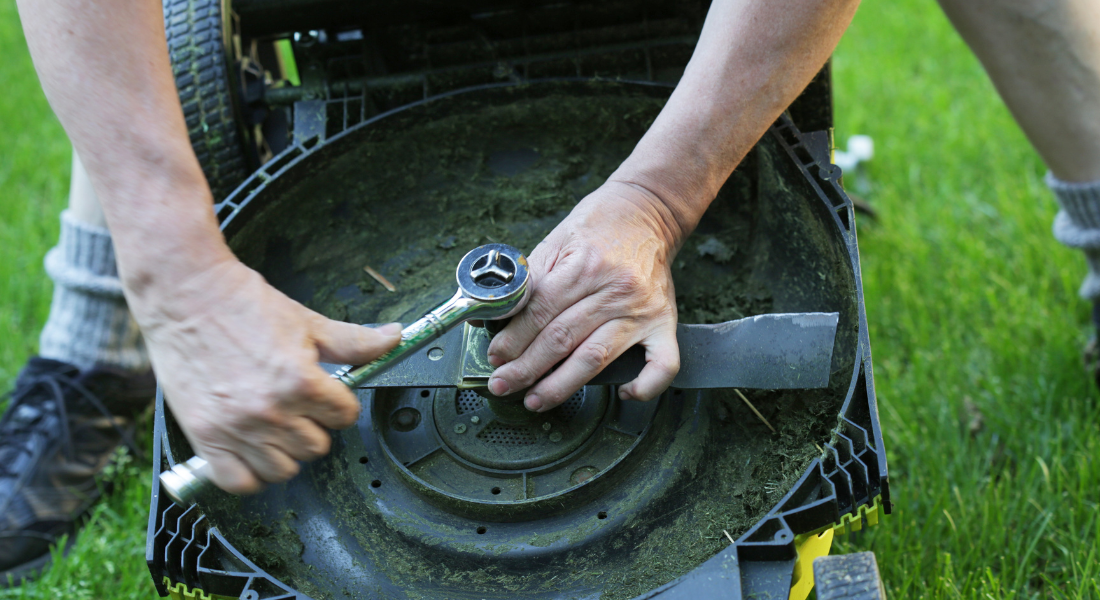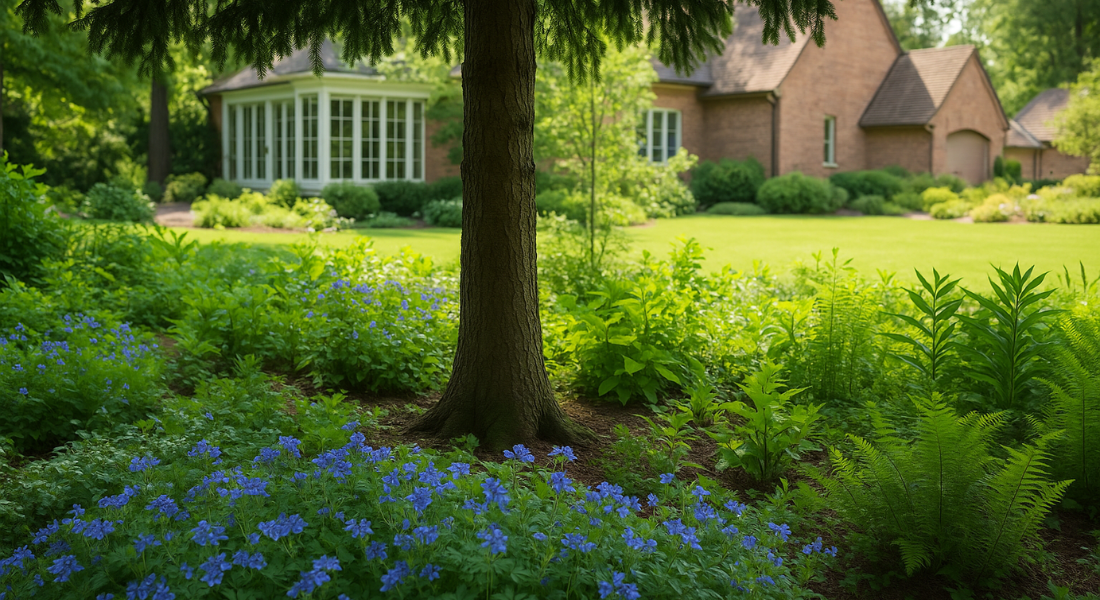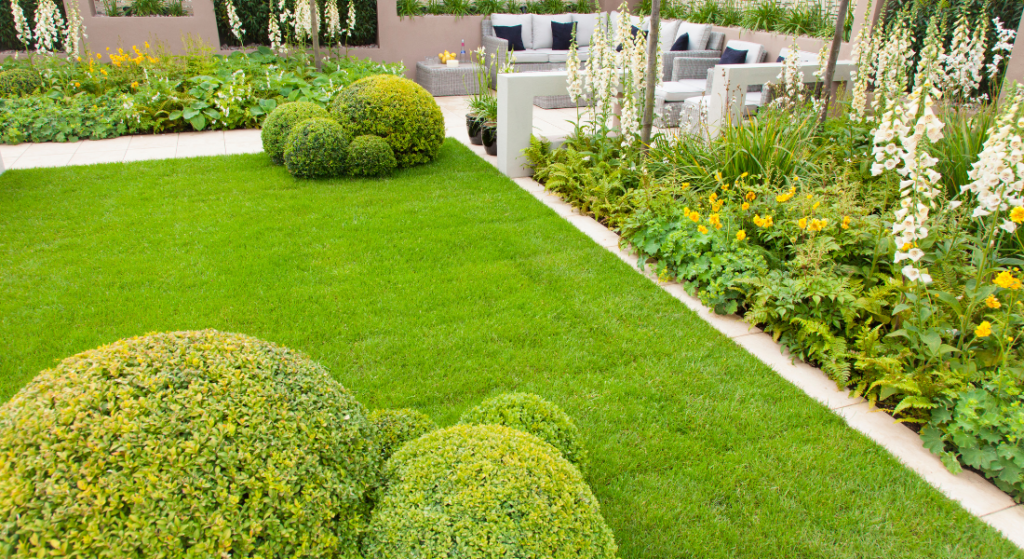Landscape Design: Front Yard Pine Trees
Landscaping is an art that transforms outdoor spaces into a harmonious blend of nature, water, and design. Among the myriad of options, pine trees stand out as versatile and elegant additions to any landscape. In this comprehensive guide, we’ll explore various pine tree landscaping ideas that incorporate pine trees, shedding light on their types, design possibilities, and the beauty they can bring to your yard. Whether you have a front yard, rock garden, or are aiming for a Japanese-inspired oasis, we’ve got you covered.
Types of Pine Trees: A Diverse Palette for Your Landscape
- Eastern White Pine (Pinus strobus): Known for its graceful, soft needles and towering height, it’s a popular choice for landscapes.
- Scots Pine (Pinus sylvestris): This hardy, slow growing pine is ideal for cold climates and adds a rugged charm to the landscape.
- Jack Pine (Pinus banksiana): Native to North America, it’s well-suited for sandy and poor soils and can withstand harsh conditions.
- Dwarf Varieties (Pinus mugo): Perfect for small gardens, they offer the elegance of pine trees without overwhelming your space.
- Japanese Black Pine (Pinus thunbergii): A striking pine with dark green needles and a windswept look, often used in coastal landscapes and bonsai.
- Jeffrey Pine (Pinus jeffreyi): Similar to the ponderosa pine, it thrives in high elevations and has a pleasant vanilla-scented bark.
- Loblolly Pine (Pinus taeda): Fast-growing and widely planted in the southeastern U.S., it’s great for timber and creating privacy screens.
Bonsai enthusiasts can explore the art of cultivating miniature pine trees, bringing a touch of ornamental sophistication to their garden beds.
Evergreen Elegance: Incorporating Pine Trees in Front Yard Landscaping
Christmas trees like the Eastern White Pine can be decorated seasonally, adding festive cheer to your landscape. Your front yard is the first impression guests have of your home. Learn how to use pine trees to create an evergreen backdrop, adding year-round beauty to your outdoor space. Explore design ideas that enhance curb appeal and make your home a standout in the neighborhood, incorporating both softscapes and hardscape elements. Large pine trees, such as the Ponderosa Pine, can provide a stately presence, while smaller varieties like the Bosnian Pine offer an eye-catching touch to the entrance of your residence. Consider planting under pine trees to create a multi-layered landscape that adds depth and visual interest.
Rock Garden Magic: Pine Tree Landscaping for a Natural Feel
- Rock gardens exude a natural, rustic charm, and incorporating pine trees can elevate this aesthetic. The combination of rocks, pines, and xeriscaping techniques can create low-maintenance yet visually striking landscapes.
- Create a focal point with a lone pine surrounded by small stones.
- Experiment with textures and colors using different species of pine trees to create a distinctive and personalized outdoor space.
When planning a rock and water garden, it’s essential to consider the soil type. Pine trees generally prefer well-drained soils, slightly acidic soils. Long needle pines such as the Red Pine are particularly suited for these conditions. Incorporate organic matter, sand, or water features to improve drainage if your soil tends to retain moisture. Landscape around trees strategically to create harmony between the rocky elements and the trees’ natural beauty. Choosing the right soil type will ensure your pine trees thrive and maintain their health, enhancing the overall beauty of your rock and water garden.
Finally, for shaded areas in your garden, opt for pines that tolerate part shade conditions, as not all varieties thrive in full sunlight. Combining different pine species with evergreen shrubs can help you create a layered, natural landscape that remains vibrant throughout the year.
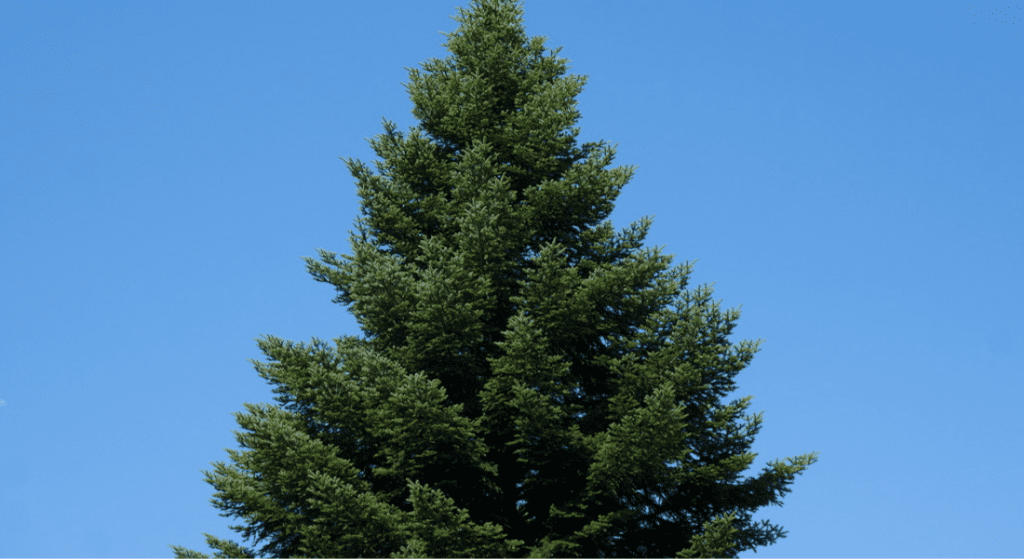
Evergreen Elegance: Incorporating Pine Trees in Front Yard Landscaping
Your front yard is the first impression guests have of your home. Learn how to use pine trees to create an evergreen backdrop, adding year-round beauty to your outdoor space and hardscape. Explore design ideas that enhance curb appeal and make your home a standout in the neighborhood.
- Large pine trees, such as the Ponderosa Pine, can provide a stately presence, while smaller varieties like the Bosnian Pine offer an eye-catching touch to the entrance of your residence.
- Christmas trees like the Eastern White Pine can be decorated seasonally, adding festive cheer to your landscape.
Consider placing pine trees near your front porch to create a welcoming and natural entrance. The evergreen foliage of pine trees complements various architectural styles, adding a touch of greenery that enhances the visual appeal of your home. Dwarf varieties, like the Mugo Pine, can be planted in containers flanking the porch steps, providing a charming and inviting look without overwhelming the space.
Pine Tree Landscaping: Common Challenges and Solutions
Landscaping with pine trees comes with its unique challenges. Address common issues like acidic soil, choosing perennial plants that grow well under pine trees, and maintaining visual interest year-round.
- Edible nuts: Some pine trees, like the Stone Pine, produce edible pine nuts that can be a delightful addition to your garden. These nuts not only add a functional aspect to your landscaping but also provide a tasty treat that you can harvest and enjoy.
- Shade-tolerant plants: When selecting plants that grow under pine trees, consider adding vibrant petunias, which thrive in sunny conditions and bring a pop of color to shaded areas.
By understanding and addressing these challenges, you can ensure that your pine tree landscaping project is a long-term success, creating a beautiful and sustainable outdoor space.
Dwarf Pine Trees: Big Impact for Small Spaces
Limited on space? Dwarf pine trees are the perfect solution. Explore how these compact evergreens can add a touch of greenery and water elements without overwhelming your garden. Learn about the best design ideas for incorporating dwarf pine trees and creating visually appealing, space-efficient landscapes. Consider planting dwarf varieties like the Mugo Pine near the edge of your garden bed to provide a delightful border while maintaining an unobtrusive presence. Add a small water feature nearby to enhance the serene atmosphere of your garden.
Creating Zen: Japanese Garden with Pine Tree Accents
Japanese gardens are renowned for their tranquility and harmony. Delve into the world of Japanese-inspired landscaping and horticulture with pine trees as key elements. Understand the principles of balance, simplicity, and symbolism to create a serene retreat in your own backyard. Bonsai pine trees can be strategically placed to evoke a sense of age and wisdom, while the use of conifers like the Japanese White Pine can mirror the beauty found in traditional Japanese landscapes.
Swiss Mountain Pine: A Majestic Focal Point in Your Landscape
If you’re looking for a specimen tree that commands attention, the Swiss Mountain Pine fits the bill. Learn about its unique characteristics and how to make it the focal point of your landscape design or xeriscaping project. From its 80 feet height to the distinctive gray bark, the Swiss Mountain Pine adds a cozy vibe and creates a focal point that draws the eye. Consider surrounding its base with seasonal plants for an ever-changing display of texture and color.
Pine Trees and Deciduous Companions: A Symphony of Colors
Explore the dynamic interplay between pine trees, deciduous companions, and patio design. Learn how the colors of deciduous trees can complement the evergreen beauty of pines, providing your landscape or patio with a vibrant and ever-changing palette. Consider planting deciduous trees like the Japanese Maple near pine trees to introduce bold splashes of reds and oranges, creating a stunning visual contrast against the backdrop of green pine needles.
Well-Maintained Pine Trees: Tips for a Healthy and Beautiful Landscape
A well-maintained landscape is a joy to behold. Dive into essential tips for keeping your pine trees healthy and vibrant. From proper watering and pruning techniques to the best mulching practices, ensure your pines not only survive but thrive in your outdoor space. Regularly explore the state of your lawn, ensuring it remains in optimal condition, and use acidic soil and adequate water when necessary to provide the ideal growing environment for your pine trees.
Here are the benefits of mulching you can check.
Pine Tree Landscaping: Common Challenges and Solutions
Some pine trees, like the Stone Pine, produce edible nuts that can be a delightful addition to your garden. Landscaping with pine trees comes with its unique challenges. Address common issues like acidic soil, choosing plants that grow well under pine trees, and maintaining visual interest year-round and perennial. Uncover expert solutions to ensure your pine tree landscaping project is a long-term success. When selecting plants that grow under pine trees, consider adding the vibrant petunia, which not only thrives in sunny conditions but also brings a pop of color to the shaded areas beneath your pines. For expert care and lawn service in Clarksville, TN , trust professionals who understand the nuances of maintaining your landscape.
FAQs:
Your Pine Tree Landscaping Queries Answered
Q1: Can I plant other shrubs under large pine trees?
Planting shrubs under large pine trees is a great landscaping idea under pine trees. Selecting the right perennial shrubs that thrive in shade and acidic soil can complement the grandeur of large pine trees. Popular choices include shrubs like the ornamental fir and versatile shrubs like the conifer.
Q2: Are pine needles good for mulch?
Absolutely! Pine needles make excellent mulch, helping retain moisture and deter weed growth, making them a great choice for xeriscaping. Spread a layer of pine needles around the base of your pine trees for an effective and visually appealing mulching solution.
Q3: How often should I prune my pine trees?
Pruning frequency depends on the type of pine tree. Generally, light pruning can be done annually, while major pruning is best in late winter or early spring. Pay special attention to the shape and structure of the pine tree to maintain its natural beauty in your landscape design.
Q4: Can I grow hostas under pine trees?
Q5: What are some dwarf varieties of pine trees suitable for small gardens?
Dwarf varieties like Mugo Pine and Oregon Green Pine are perfect for smaller spaces in horticulture. These small trees stay under 10 feet tall. Their compact size makes them ideal for containers or as border plants, providing versatility in your landscaping design.
